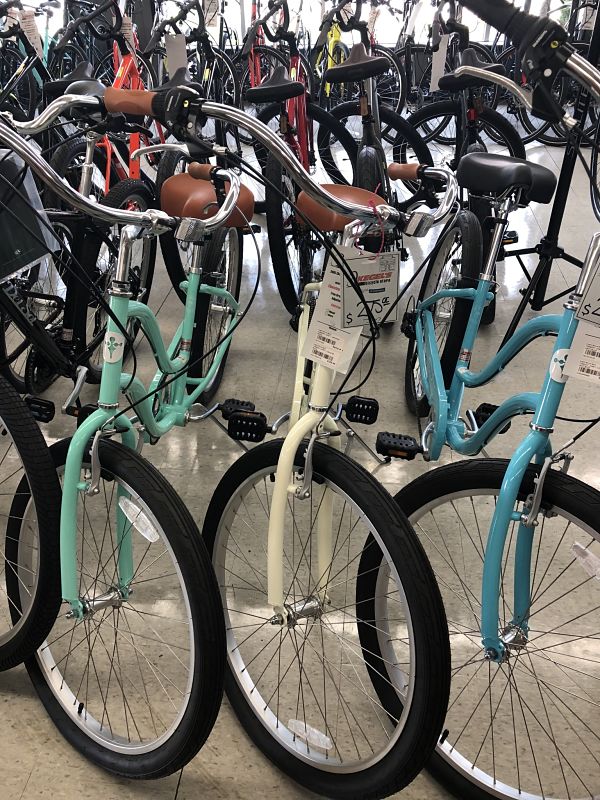Would you believe I am stressed about writing on reducing stress? Kind of the opposite of what I’m going for here, but there is something about writing lists which turns me into the procrastinating perfectionist.
I want these lists to be EVERYTHING, and I want to give you the BEST strategies. Also, the research assistant in me comes out and I suddenly feel like I am writing the thesis I never wrote, and I’m sure my references are not complete enough, and then… I don’t write
So, here I am, this afternoon, writing up for you what I’ve compiled, based on the research I have done and the experiences I have had.
However, to ease the apprehension of possibly missing a key strategy for rest, I reserve the right to allow this to be an evolving post – either changing the content from time to time, or adding to the series.
The truth is, once I started writing about “oasis” or stillness, rest, mindfulness, what have you, I couldn’t stop. There are about twenty directions we could go with this. My mind is comparable to my dog’s in a yard full of squirrels, but for now, I am going to center and list a few more tactics/strategies for coming to your own oasis.
If you’re just checking out the blog, YAAASS! But also, you should check out Part 1 and Part 2 of the series before you continue.
Here we go! Leaving off from the fourth strategy last week, we will jump right into number 5…
STRATEGIES FOR FINDING YOUR OASIS…(ContinueD)
5. Exercise
I can’t believe I haven’t mentioned this one yet.
It is a must for ALL humans, but it’s even more vital for those of us who struggle with anxiety in any capacity.
I know some of you have illnesses which don’t allow for this. Can I take a minute to tell you, that really sucks. I remember looking at all the things I wished I could do, but couldn’t because my illness made it unbearable. It’s not fair in the least.
I’m going to talk more about how unfair it is for a second, and then we’ll jump into to the research (I told you I procrastinate).
When I was first diagnosed, my bladder hurt with every step. Car rides: torture. Running: why does my body hate me? Bike riding: you may as well take a jack hammer to my nerve endings.
All I wanted was to be able to go for a bike ride by the river with my family, but I was restricted to walking, gingerly, in thick soled sneakers (ok, I never had the thick soles, but I really should have).
Here’s some good news, and I’m going for giving you hope, instead of making you feel worse: I can ride a bike now. The pain has gone away for the most part (I flare from time to time, but I have my life back).
I know for some of you your disease is progressive. That sucks an enormous amount of suckage. I truly hope you can find a treatment which helps ease your pain. Your situation is not fair, and I am not going to pretend everything will be ok, because sometimes it isn’t. But then, sometimes it is. Life is a complicated, beautiful disaster, isn’t it?
It took me a year and HALF before I stopped feeling pain 24-7. Do you think I was ready to say it was a lost cause at a year? Yep. Sure was. BUT, the pain DID get better, and I strongly believe it can for you too.
So, earlier this week, I went into a bike shop with my kids and I found my dream bike (picture below).

Cute, right? One day, friend, I hope we can all go cruising in our adorable bikes with a picnic in our baskets (I’ll be adding a basket), full of foods we never thought we could have again. If nothing else, this is what I expect of heaven.
Ok. Right. So, exercise is a must, because it not only brings blood to the parts of our body which need healing (did you know this? I didn’t until my physical therapist told me a vibrator would help heal my bladder, because it brought an increased blood flow – know what else is good for down there? yeah… ok…let’s get to the research).
While I couldn’t find much in specific on the benefits of exercise for those with Interstitial Cystitis, I DID find an interesting article on the Effects of Aerobic Exercise Versus Stress Management Treatment in Fibromyalgia.1
They found, for indidivudals who have Fibromyalgia, aerobic exercise and stress management were both effective at reducing pain, disturbed sleep, lack of energy, and depression. However, aerobic exercise was the most effective treatment.
Another study found exercise and stress management training reduced emotional distress and “improved markers of cardiovascular risk more than usual medical care alone”.2
Once again, the exercise was aerobic, and included a stationary bicycle. The stress management piece was developed by the authors, and in a very short summary, for the sake of the length of this post, it follows a cognitive behavioral therapy model, in which participants were taught to consider their thought responses. They were then taught how to handle their irrational thoughts, and instructed how to do progressive muscle relaxation.
Guess what the next item on the list is?
6. Progressive Muscle Relaxation
Funny story.
Since I started writing this post, my anxiety spiraled out of control. I have been obsessing over my dog since he got sick and managed to spend a stupid amount of money at the vet’s office, just to be told he’s fine. The dog won’t drink without coercing, but I’m trying to roll with it.
Truth is, I almost didn’t put anything out this week. I mean, what a hypocrite, right? Giving you strategies on dealing with anxiety when I am struggling with it myself.
I have work to do. Maybe you do to. These tactics are all those which I am infantile in my accomplishment, but I am dedicated to getting a handle on all of this as much I suspect many of you are as well.
Back to the funny story.
The first book I turned to, after realizing I had jumped off the deep end with the worrying again, was “Overcoming Health Anxiety: Letting Go of Your Fear of Illness” by Katherine M.B. Owens, PhD and Martin M. Anthony, PhD.
It is only about 150 pages and yet, I am on year 3 of reading it. Mostly because my anxiety waxes and wanes.
Sometimes I find myself in a really good place and I assume everything is fixed! It’s a miracle! And then, the thoughts creep in, or the symptoms begin, and there I am, crying into my dogs fur, certain he is minutes away from death.
Yesterday, I typed in the sixth strategy: Progressive Muscle Relaxation (PMR).
Today, I sat down with my book and wouldn’t you know it is one of the few strategies they list, along with a detailed description on how to perform PMR?
I took this as a sign that I was meant to continue writing this article, and PMR is something I should be doing daily.
So how do you do it? It’s really the most simple exercise you can imagine.
Find somewhere comfortable, lay back, or sit in a position you feel relaxed, close your eyes, and repeat after me. Kidding. No repeating necessary. But do the other stuff. That wasn’t a joke.
You’ll start with your hands and clench them into a fist for five seconds. Then release. Feel the muscles completely release for twenty seconds, trying to center your thoughts only on what your body is feeling.
Next you move to your arms. Same thing. Tense for five seconds and then release for twenty. You follow this same pattern of tensing and relaxing for all of the following: arms, forehead and scalp, facial muscles, jaw, neck and shoulders, upper back, stomach, booty, thighs, calves, and feet.
At the end, you should scan your body for tension and release it if it remains. Then lay there in the release for a few minutes (or as long as you want, really) and count back from five, opening your eyes on two.
You could find a script like the one in the book I mentioned, or print one online and have someone read it to you, if you can’t remember all the steps in your head.
I just practiced it before I started writing, and I can say I feel slightly like a bit of pulled taffy. I consider this a good thing.
I’ll Be Back
Well, once again, I have written way beyond the limits of what I typically allow for a blog post, so I must bid you adieu today. However, this series is far from over.
I hope you will all be patient with me in my imperfection as I admit coming to an oasis is something I need as desperately as the rest of you.
Next week we are going to get a bit spiritual, as I tend to get, but this does not mean lists are out of the question. There are many more strategies I want to discuss, including yoga, massage, mindfulness, and so many more, so we’ll see how I can work them in. Let me know if there is one in particular you don’t want me to skip!
Friends, thanks for being here. You are mighty warriors and I am honored you are here. Please be sure to subscribe!
For those of you who have subscribed, I am crying daily as I read the messages I receive back from the strongest people I know.
Until next time, conquerors!
1 Effects of Aerobic Exercise Versus Stress Management Treatment in Fibromyalgia. (n.d.). Retrieved June 25, 2018, from https://www.tandfonline.com/doi/abs/10.3109/03009749609069212
2 Blumenthal, J. A. (2005, April 06). Effects of Exercise and Stress Management Training on Markers of Cardiovascular Risk in Patients With Ischemic Heart Disease. Retrieved June 24, 2018, from https://jamanetwork.com/journals/jama/fullarticle/200639


0 Comments